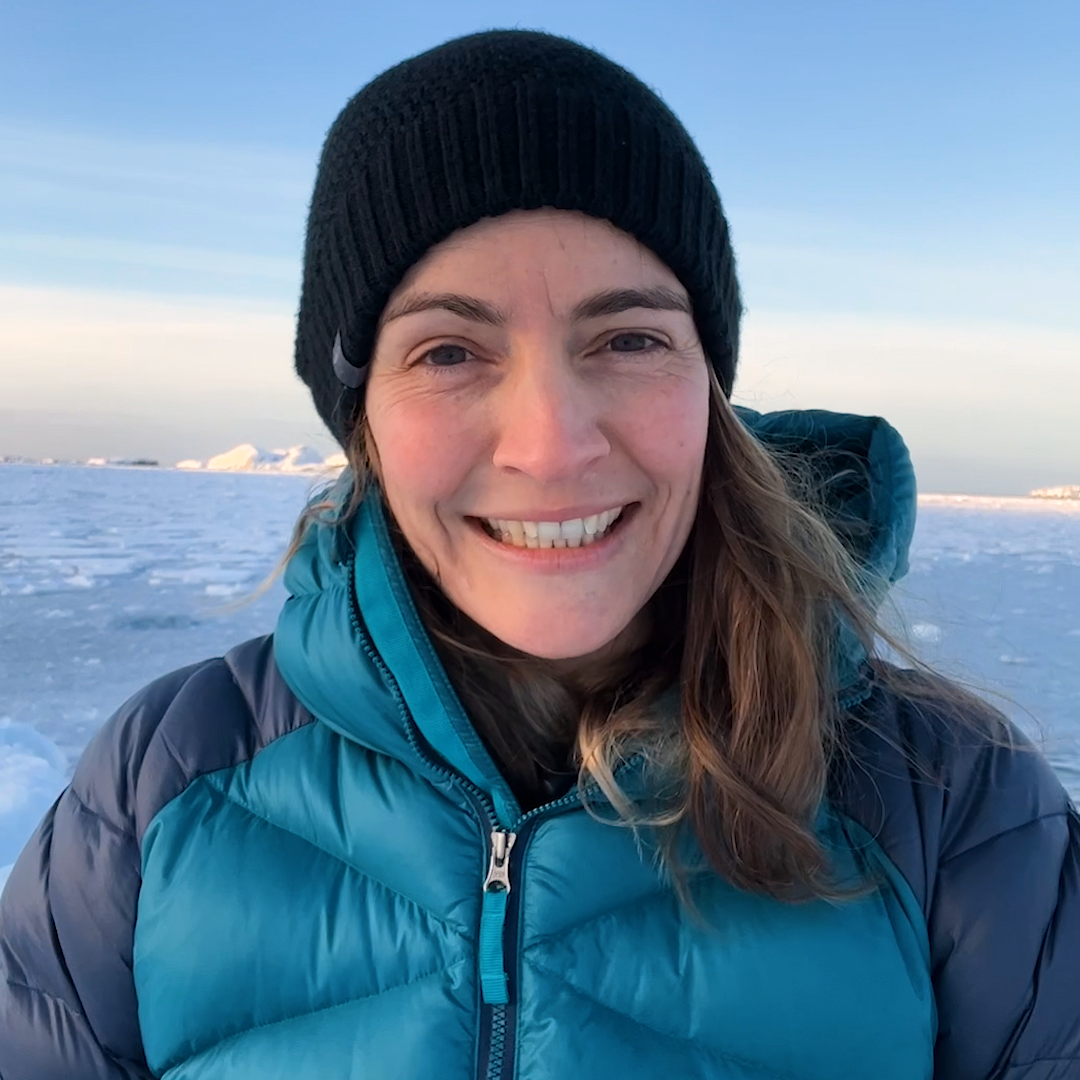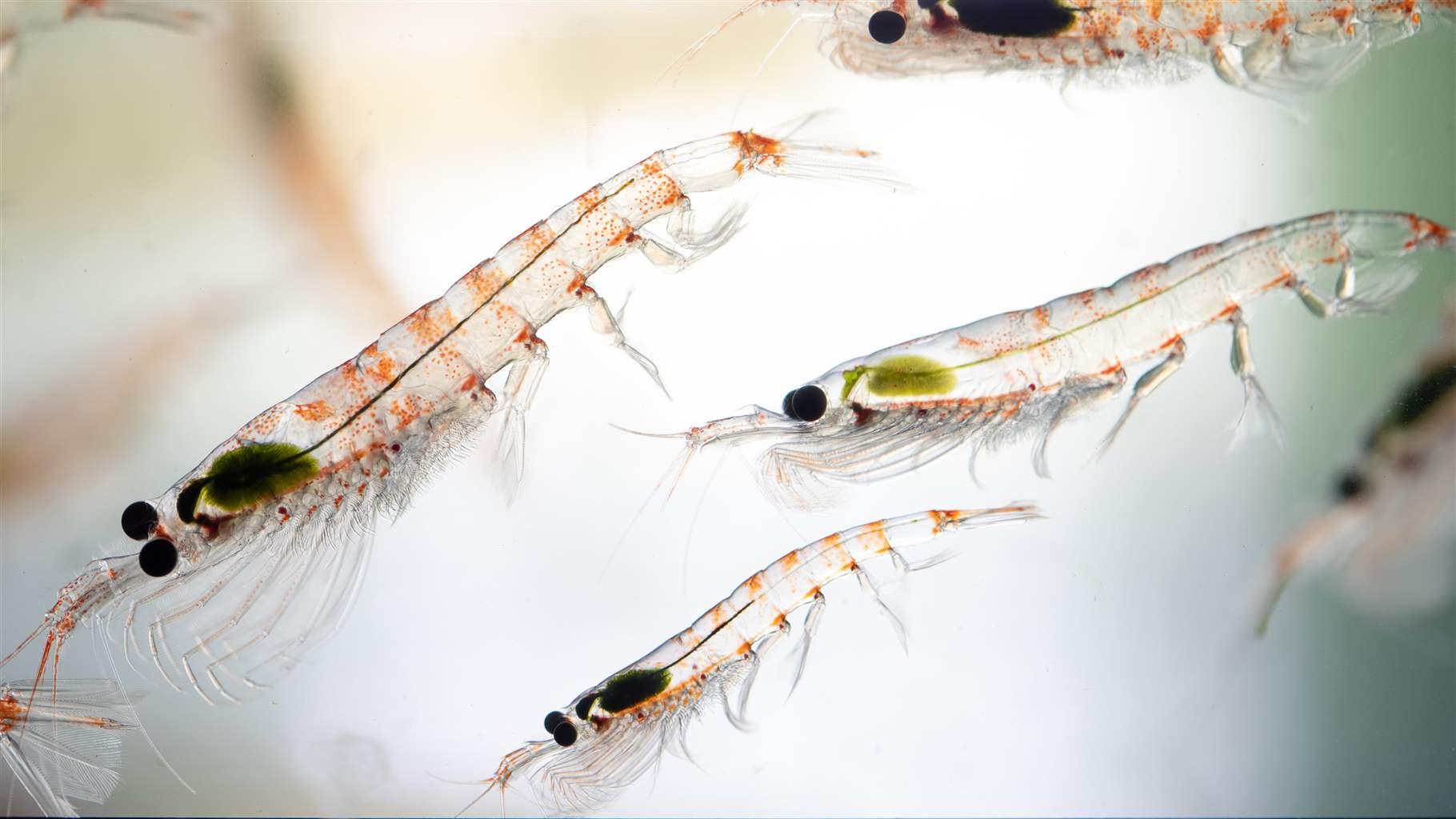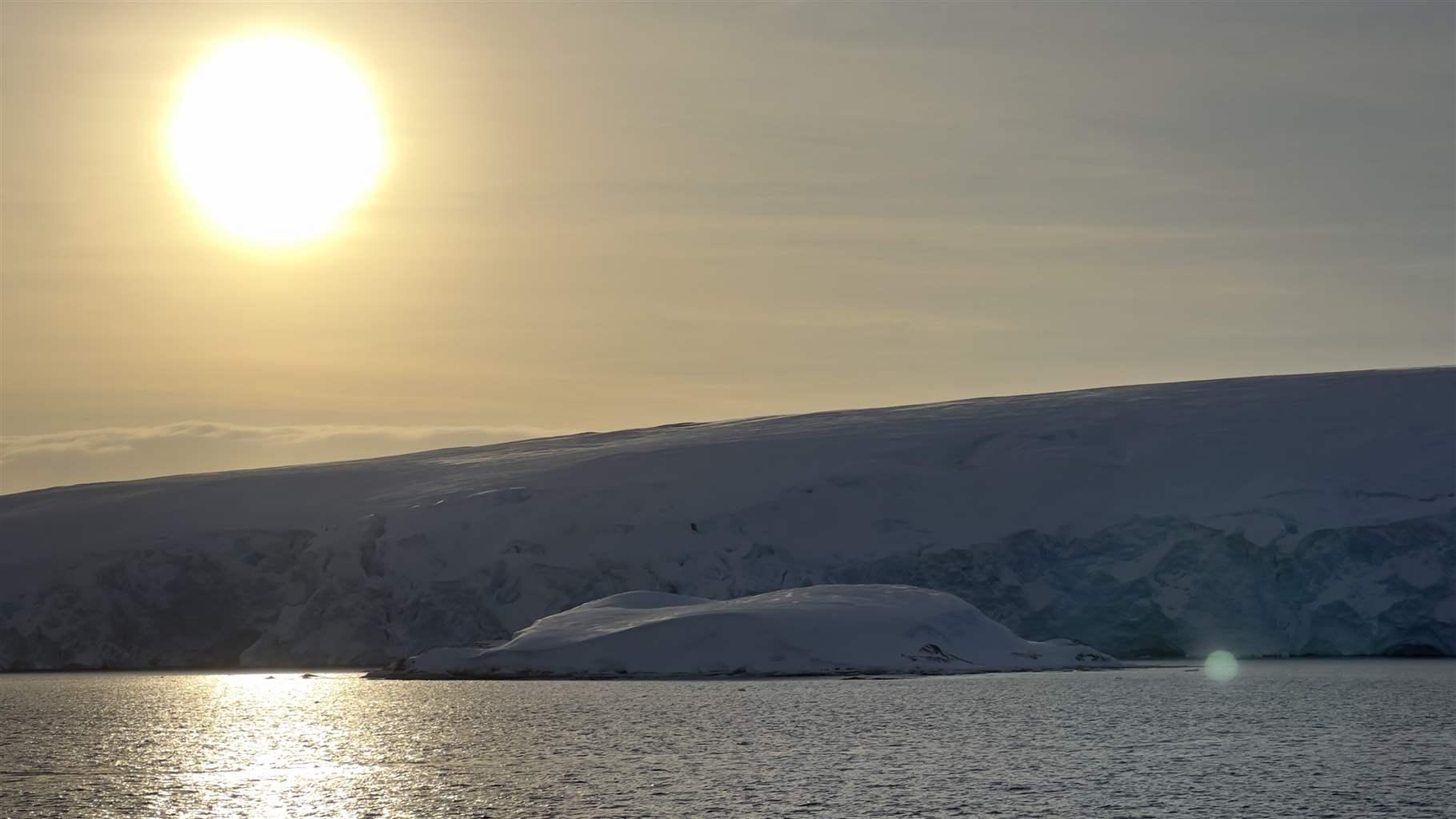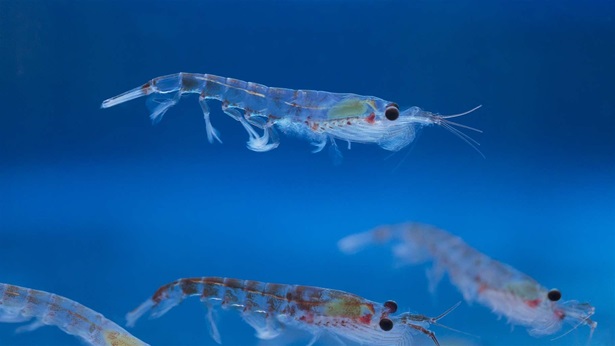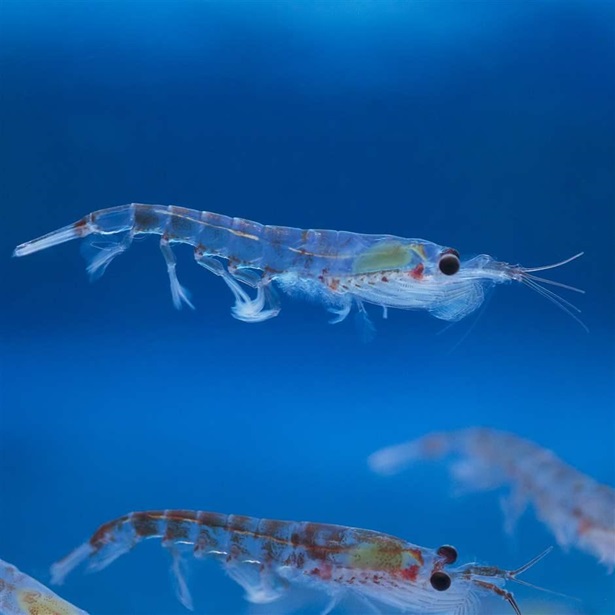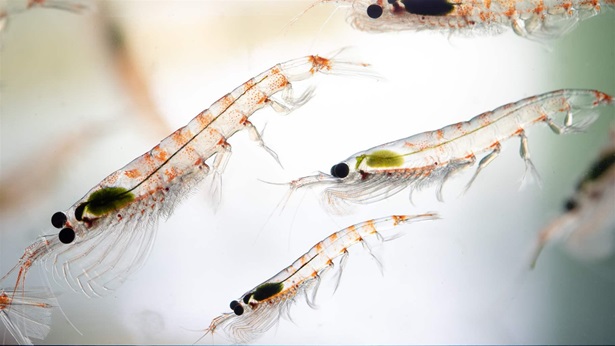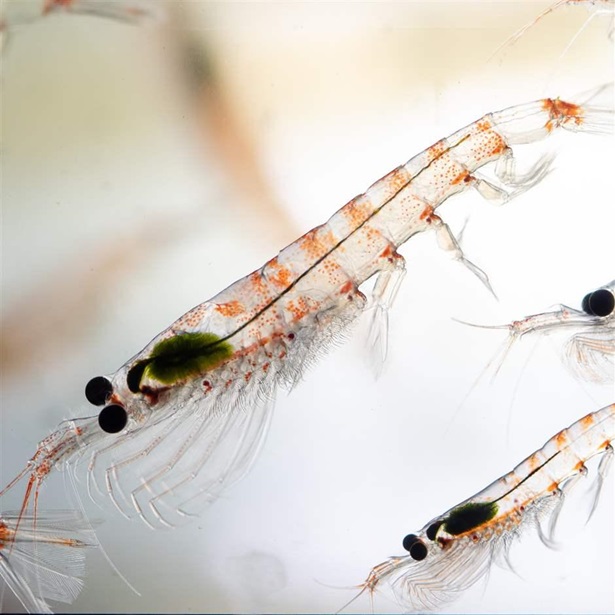My Childhood Fascination with Antarctica Led to a Career Studying Krill
A scientist’s story of exploration and hope—for the Southern Ocean and humankind
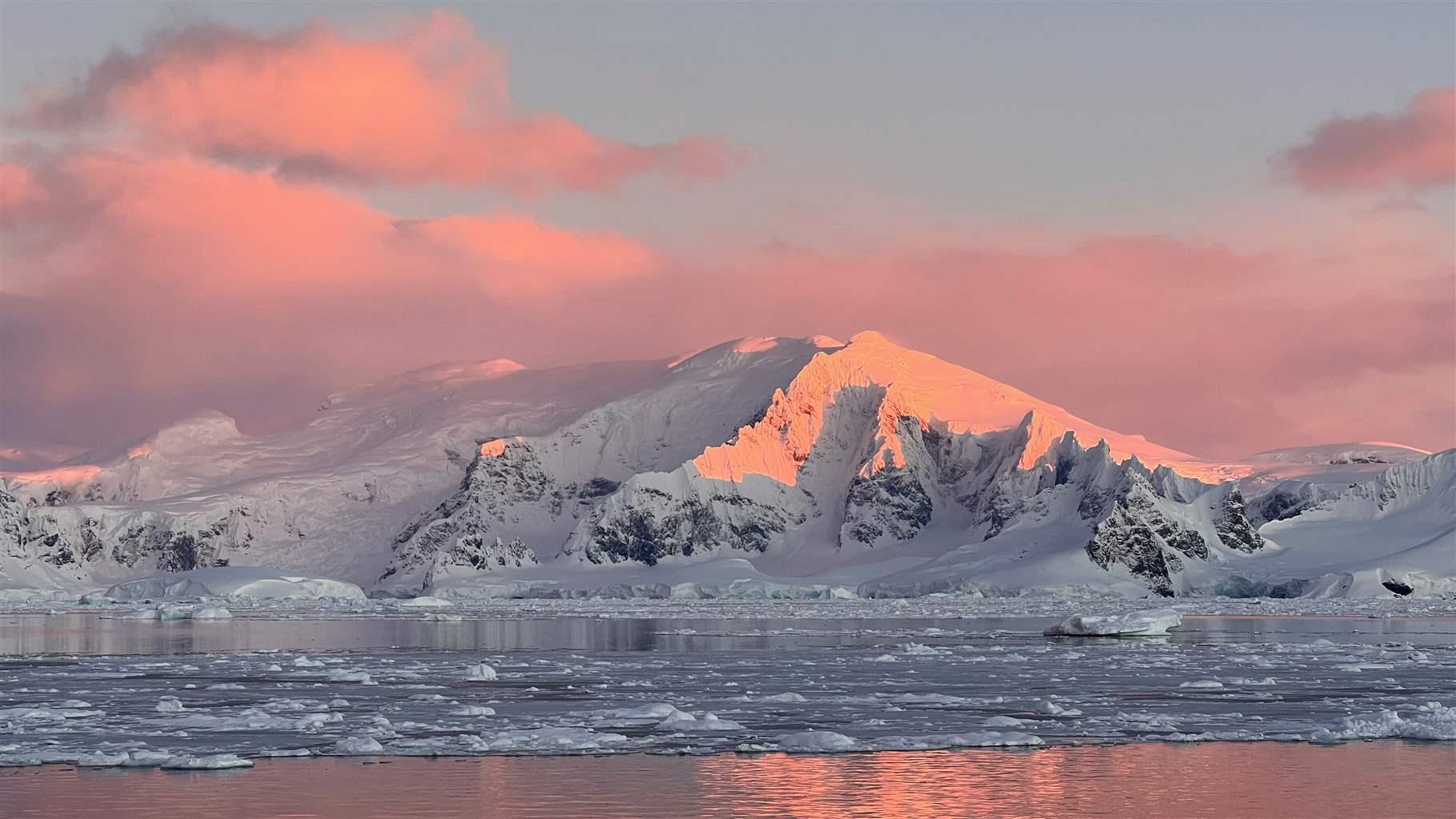
“They’ve returned from The Ice … ”
Those words from my father, a zoology professor in South Africa’s Eastern Cape, about his colleagues who had just returned from a research expedition to Antarctica, echoed in my head that night as I drifted off to sleep, my young mind swirling with images of icebergs, glaciers, snow, and a vast and wild ocean. By that stage in my life—I was 13—I had already decided I would become a marine biologist, and after my father’s pronouncement, I set my sights on “The Ice.”
Less than 10 years later, at the age of 21, I was on the back deck of the S.A. Agulhas (the South African National Antarctic Program research vessel) sorting through the contents of a benthic trawl freshly hauled from the waters off the remote sub-Antarctic Marion Island. I was captivated by everything I saw and experienced on that cruise, and I knew I had to return.
More than 20 years have passed since my first research expedition, and I continue to be inextricably drawn to the frozen continent. I’ve now spent over 40 months of my adult life in the Southern Ocean, either at sea on research ships from four different nations or on shore at the U.S. Antarctic Program’s Palmer Station. Over that time, I’ve learned a lot about our oceans and about what humans are capable of. I’d like to share some of that here.
For the past 10 years, I’ve devoted my research efforts almost exclusively to one species, Antarctic krill (Euphausia superba). No single species has as outsized a role in the Southern Ocean. And although Antarctic krill have been the subject of scientific investigation for more than 100 years, there’s still much to learn about them. One of the major gaps in our knowledge is how young krill survive the winter months when food is scarce—a gap that exists because it’s exceptionally difficult to study krill during the Antarctic winter. But my team and I are trying: We’re at Palmer Station on the Antarctic Peninsula now, during the austral winter, as we try to decipher this long-held secret.
Among the krill mysteries we have yet to solve is the location of important nursery grounds. In a study funded by Pew, I am working with Cassandra Brooks, an assistant professor of environmental studies at the University of Colorado, Boulder, and others to identify these regions where young krill shelter and grow. Antarctic krill are the focus of a rapidly growing fishery, and it’s critical for the long-term success of the krill population that we protect regions of reproductive importance.
In May of this year, just as austral autumn was winding down, my team and I encountered hundreds of thousands of young krill in the Gerlache Strait, along the Western Antarctic Peninsula; they come inshore at that time of year to shelter in the peninsula’s bays and fjords. There’s no seasonal closure on the Antarctic krill fishery and, because of the declining sea ice in the region, fishing efforts can continue into the autumn and early winter. In fact, just a week before our expedition passed through the Gerlache Strait, several fishing vessels had been harvesting krill in the same area. Finding ways to reduce fishing’s negative impact on Antarctic krill is crucial to ensuring the long-term health of the Antarctic ecosystem.
Another high-priority research item for us is predicting how Antarctic krill will fare in a warming Southern Ocean. The Western Antarctic Peninsula is one of the most rapidly warming regions on the planet—and is also home to a large proportion of the Antarctic krill population, which supports dense populations of whales, seals, seabirds, and penguins. Studies using multiple decades of data have shown that the krill population has already declined and shifted southward. We don’t yet know how Antarctic krill and their predators will endure the double whammy of climate change and increased fishing pressure.
I do know, from my own observation over the past decade, that there’s been rapid change in Antarctica. As I write this from my office at Palmer Station, overlooking Arthur Harbor, I can see Detrich Island; when I first started coming to Palmer Station in 2010, we didn’t even know the island existed. Deeply buried in glacial ice, it had been hidden from the world for hundreds of years. Now it sits there, far from the glacial face, the remnant ice on its back quickly dwindling to nothing. A couple hundred yards to the south of Detrich is Torgersen Island, once a prominent Adélie penguin rookery with more than 3,000 breeding pairs and now the summer home of only a handful. It’s shocking that one can witness such dramatic change in the span of less than half a lifetime. And it’s a reminder that although Antarctica is isolated from the rest of the world, our actions—or, perhaps more importantly, our current lack of actions—have profound and long-lasting impacts on the continent.
It’s easy to become despondent with the state of humanity and what we’ve done to our little speck of dust in the cosmos. But I strongly believe there’s hope for us. I see this most prominently while wintering in Antarctica: Perhaps it’s the intense isolation or the long periods of darkness, but winter in Antarctic has a way of bringing people together. The teams at these stations represent nations from around the world and share a sense of solidarity, of a common goal—no matter the nationality. We’re all here for peaceful purposes and to support or conduct science for the betterment of Earth and its inhabitants. When we recognize our shared humanity, the veils separating us begin to fall and we can shift our attention toward more important matters—such as reversing the damage we’ve done to our home before it’s too late.
Kim Bernard, Ph.D., is a South African biological oceanographer and associate professor at Oregon State University, and founder of the Zooplankton Ecology Lab within the school’s College of Earth, Ocean, and Atmospheric Sciences. Her research focus, among other topics, has been on biological hot spots along the Antarctica Peninsula and the response of krill to warming.
